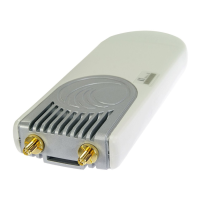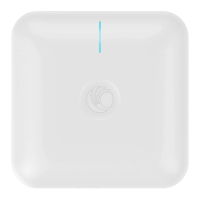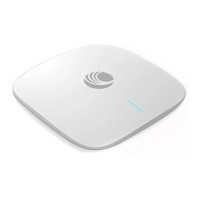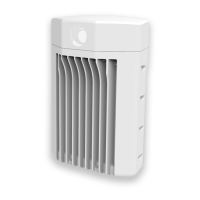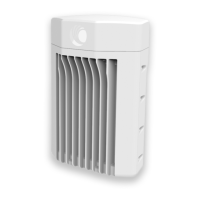CHAPTER 5: OPERATION AND
TROUBLESHOOTING
TROUBLESHOOTING THE RADIO LINK
PAGE 5-7
Troubleshooting the radio link
This section describes how to test the link when there is no radio communication, when it is unreliable,
or when the data throughput rate is too low. It may be necessary to test both ends of the link.
Module has lost or does not establish radio connectivity
If there is no wireless activity, follow this:
Procedure:
Check that the devices are configured with the same Frequency Carrier.
Check that the Channel Bandwidth is configured the same at both ends of the link.
On the Access Point, verify that the Max Range setting is configured to a distance slightly greater
than the distance between the Access Point and the other end of the link.
Check that the Access Point Synchronization Source is configured properly based on the network
configuration.
Verify the authentication settings on the devices. if Authentication Type is set to WPA2, verify
that the Pre-shared Key matches between the Access Point and the Subscriber Module Preferred
Access Points List.
Check that the software at each end of the link is the same version.
Check that the desired Access Point SSID is configured in the Subscriber Module Preferred Access
Points List.
On the Subscriber Module, check the DL RSSI and DL CINR values. Verify that for the Subscriber
Module installed distance, that the values are consistent with the values reported by the
LINKPlanner tool.
Check Tx Power on the devices
Check that the link is not obstructed or misaligned.
Check the DFS status page (Monitor, System Status) at each end of the link and establish that
there is a quiet wireless channel to use.
If there are no faults found in the configuration and there is absolutely no wireless signal, retry the
installation procedure.
If this does not work then report a suspected device fault to Cambium Networks.
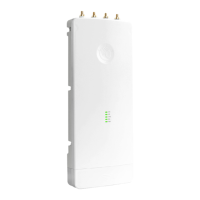
